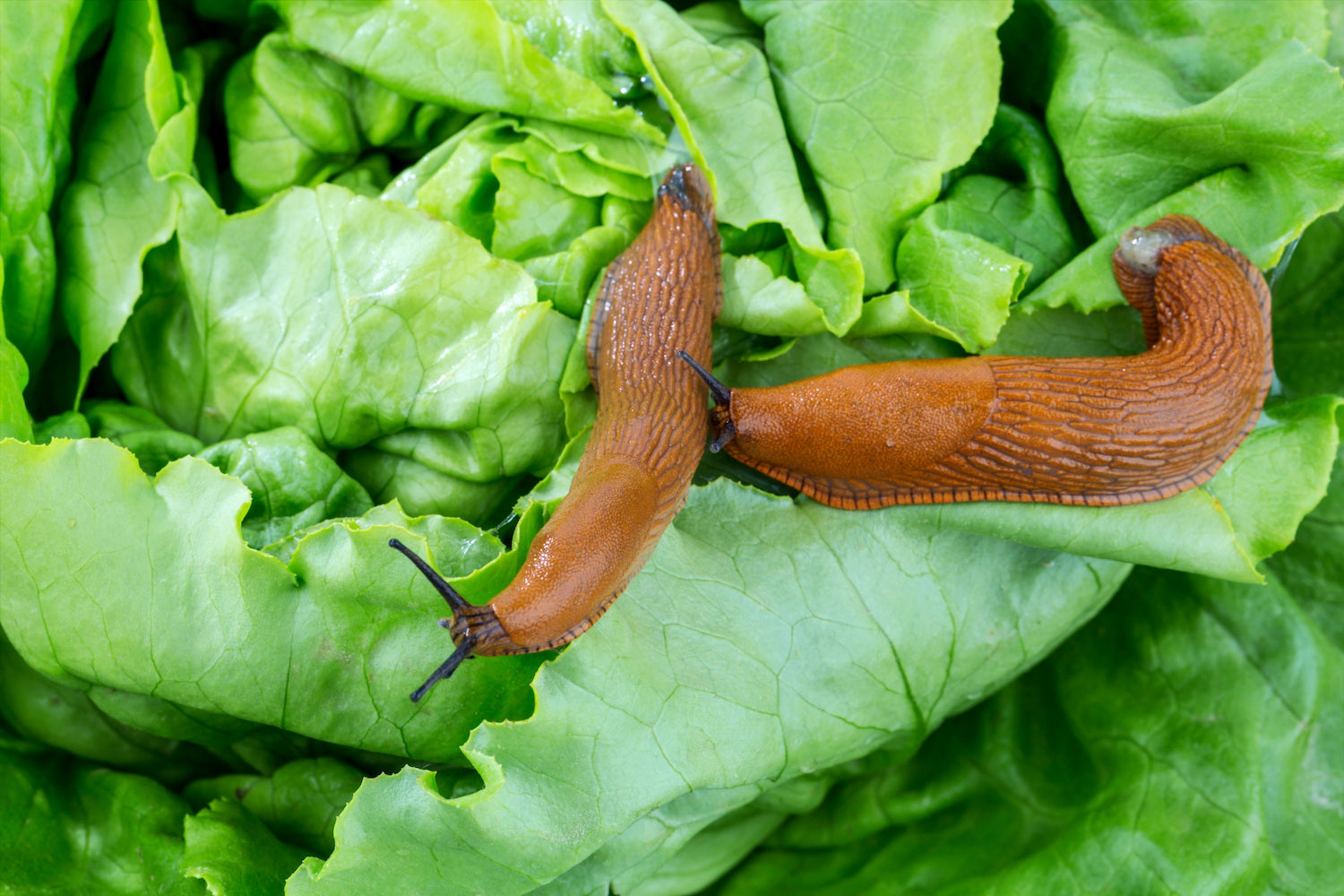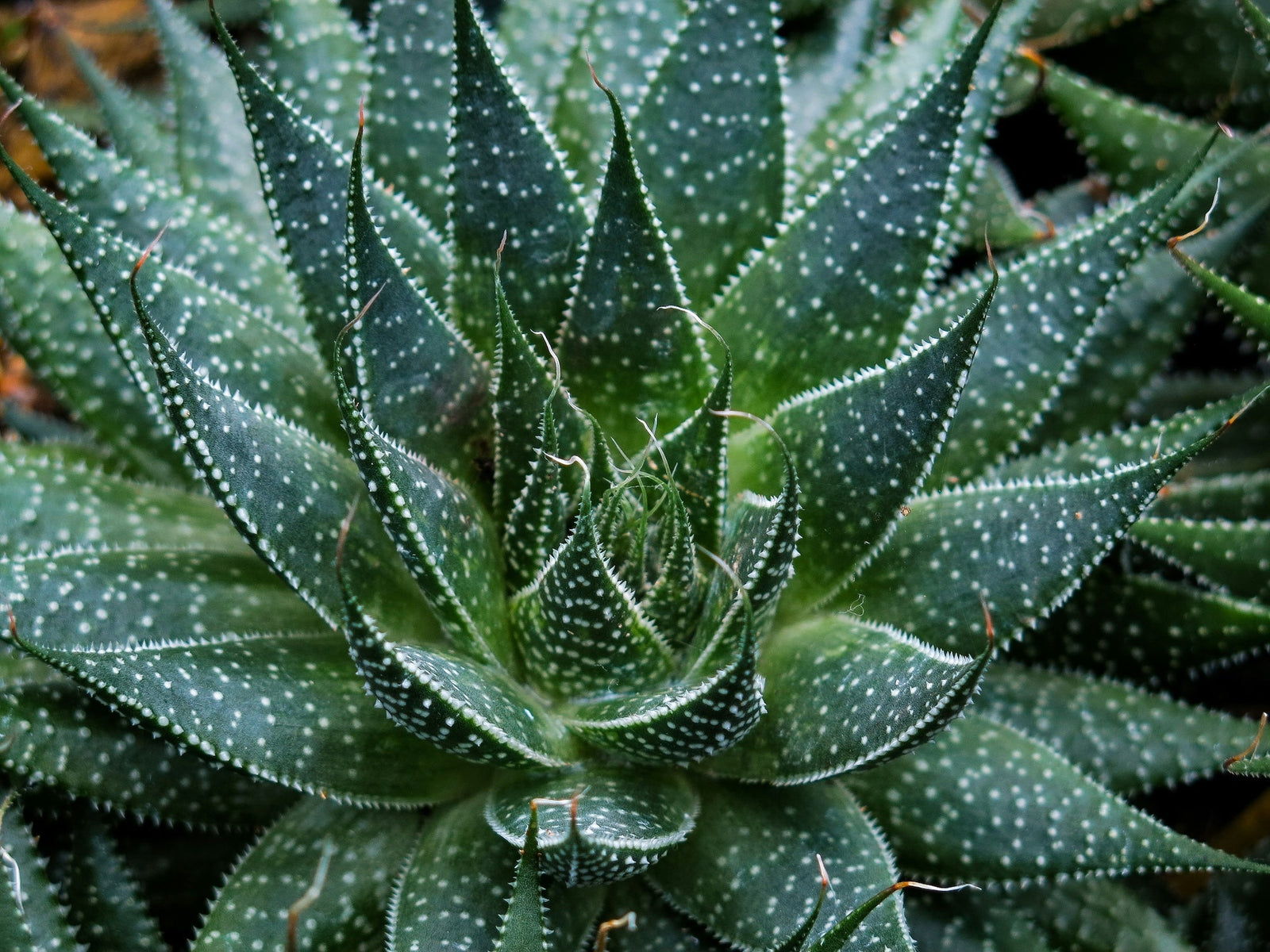
Snails and slugs are a real challenge to a gardener’s patience, but there are many choices for dealing with them which you might not have been aware of. The good news is that many of these solutions to the snail and slug problem are non-toxic.
Remember the IPM (Integrated Pest Management) approach of starting with the least toxic? Here are some ideas for controlling Snails and Slugs:
- Hand-pick and dispose of them by your choice of methods. These would include stomping them, throwing them in the street, dropping them in a bucket of salt water, and so forth!
- Coax them out of the flowerbed by laying a flat board on the ground. They will crawl under it to get away from the heat of the sun; then you just swish them off into the trash.
- Put out a saucer of stale beer; they are attracted to the scent of it and will crawl in and drown!
 Photo by Krzysztof Niewolny on Unsplash
Photo by Krzysztof Niewolny on Unsplash
- Apply a copper band around flower pots. Snails cannot tolerate copper and they will not cross it. These are available commercially, or you can make your own.
- Put down scratchy things (snails don’t like doing the equivalent of walking across broken glass in bare feet). Finely crushed eggshells and diatomaceous earth (this will need replacing if it gets wet) work well.
- Get friendly with the larger neighborhood predators. Possums, ducks, turtles, tortoises, rats, some birds, and snakes (and even my former neighbor’s springer spaniel) will prey on snails and slugs.
- Try snails that like other snails for dinner. The predatory snail Rumina decollata (decollate snail) will feed on young snails and may be worth a try but also may nibble on young plants on occasion . It takes a little time to get them established but many people have been pleased with the results.
- Don’t forget the predacious beetle Calosma, which also feeds on snails and slugs.
- If these fail, try a pet-safe snail bait such as Monterey® Sluggo. Sluggo is an organic granular application.
Use baits weekly for at least three weeks to get rid of all generations. A word of caution if you have been using a pelleted form of snail bait (that isn’t pet safe): it can be dangerous around pets as it looks like food to them. The finer granule type is much safer, but still be careful; read the label and use as directed.



